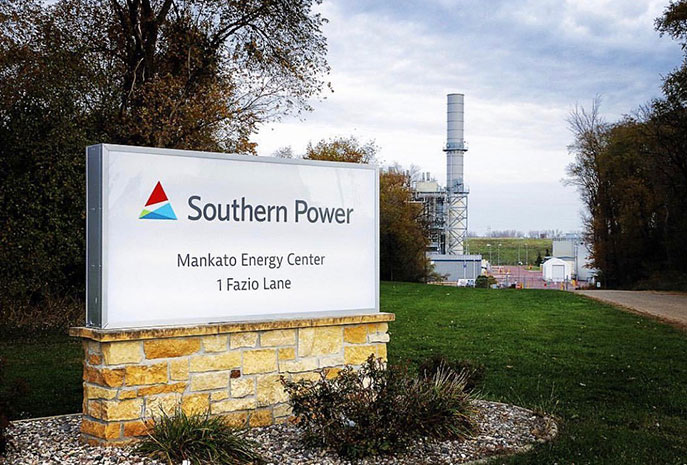Funding awarded for first direct air capture testing at National Carbon Capture Center
As a result of recent funding awarded by the U.S. Department of Energy’s (DOE) Office of Fossil Energy and managed by the National Energy Technology Laboratory (NETL), the National Carbon Capture Center will serve as the test facility for two new carbon capture research and development (R&D) projects – including the facility’s first evaluation of direct air capture (DAC) technology.
In the first award, the Southern States Energy Board (SSEB) will lead a $3.1 million public-private partnership to scale up a solid-amine carbon dioxide (CO2) adsorption-desorption contactor technology that has been proven in the laboratory. The team’s ultimate goal is to decrease the cost of DAC through testing existing DAC materials in integrated field units that produce a concentrated CO2 stream of at least 95% purity.
“As the first DAC technology designated to come to the center for testing, this project represents an expanded focus for the facility as we seek to incorporate negative carbon concepts into our research strategy,” said National Carbon Capture Center Director John Northington. “We look forward to working with the SSEB on this promising new DAC technology and moving it from basic research toward pilot-scale and larger demonstrations.”
DAC includes emerging technologies that separate CO2 directly from ambient air; captured CO2 can then be safely and permanently stored underground or used in the production of fuels, chemicals and commercial products such as building materials and beverages. DAC is seen as an important technology pathway toward achieving economywide decarbonization.
In the area of post-combustion carbon capture, DOE awarded $4 million in funding to the Electric Power Research Institute (EPRI) for carbon capture testing on natural gas and coal flue gas. The project will demonstrate the performance of a novel water-lean solvent and develop a cost-effective method for synthesizing sufficient quantities of solvent to perform a 0.5-megawatt test at the center.
“We are always pleased to build on our long relationship with EPRI as a sponsor of the National Carbon Capture Center,” said Northington. “In this instance, we’re particularly excited to support EPRI and its project team in the development and demonstration of a next-generation solvent for post-combustion capture.”
Through DOE’s Carbon Capture, Utilization, and Storage R&D Program, the Office of Fossil Energy has a comprehensive portfolio of technological solutions that help keep CO2 emissions out of the atmosphere. In a recent announcement, DOE’s Office of Fossil Energy awarded $51 million to nine new projects for coal and natural gas power and industrial sources, and a total of $21 million to 18 projects for DAC.
As DOE’s primary carbon capture research facility, the National Carbon Capture Center has reduced the projected cost of carbon capture for fossil-based power plants by one-third through the pilot testing of approximately 60 advanced technologies. The facility has worked for more than a decade with over 30 government, industry, university and research organizations from seven countries, completing more than 110,000 hours of testing. Recently, the center significantly expanded its testing of carbon capture for natural gas-fueled power generation.
“The National Carbon Capture Center is building on our history of innovation,” said Northington. “Our team is excited to actively support technology developers who are working to advance the full value chain of carbon capture technologies – carbon capture from power generation and industrial sources, carbon utilization and DAC.”
Southern Company – which manages and operates the National Carbon Capture Center for DOE – has committed to a long-term greenhouse gas reduction goal of net-zero emissions by 2050. The company’s robust R&D program is exploring carbon capture for fossil-based generation and CO2 utilization, as well as natural systems to remove and sequester carbon from the atmosphere. Southern Company also leads a world-class geologic sequestration R&D program that is evaluating carbon source and sink synergies in the Southeast.
